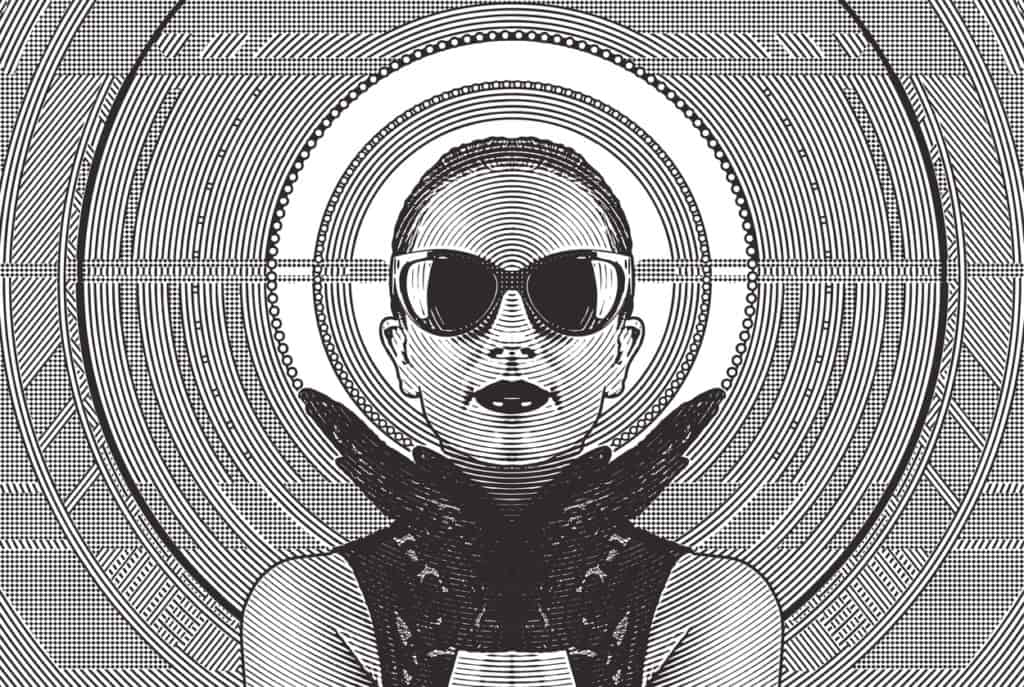We’re taking a closer look and sharing some expert insights on what the future of fashion holds and what companies will need to do to survive in a highly competitive market in 2018.
In this article you’ll learn…
Amazon at the Forefront.
55% of consumers begin looking for their desired products on Amazon and this trend is only growing. A side-effect of this behavior is the increasing number of brand alliances that Amazon is forging, such as with Nike, which sells products directly on this platform. This helps Nike reduce the number of counterfeit products and gain access to Amazon’s database of loyal clients. Experts estimate that Nike could see an increase of about $300M-$500M in revenue thanks to this collaboration.
This only confirms that luxury and mid-market retailers can no longer ignore the success of these e-commerce platforms and should begin to consider them in their omni-channel strategy, whether it be Ebay, Amazon, Alibaba or others. Brands who refuse to see this as an option could either see losses in revenue or simply miss out on business opportunities by not taking advantage of the wider reach these e-commerce giants have, along with their marketing resources and their ability to capture new customers and build relationships with future shoppers.
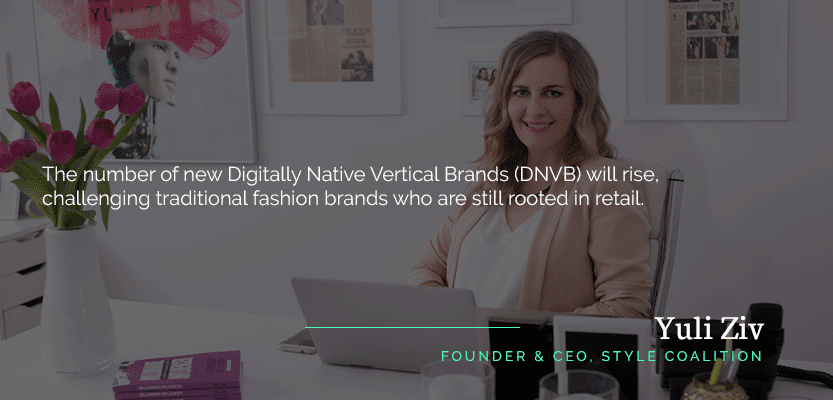
Future fashion Will Be More “Wearable”
Wearable tech garments are, indisputably, more than just a passing trend. Not only have they become more stylish, they've also become more comfortable, practical and integrated. There are smart rings, such as the ones by Motiv or Oura, which track our physical activity, heart rate and more. Then there are the “hearables”, such as Clip&talk, which is already creating buzz thanks to its ability to measure your heart rate, calories, steps and more, all through an earpiece, which is the perfect accessory since we’re all already used to wearing earphones on a daily basis.
Technology to Heighten Our Senses
This will become a bigger part of fashion and tech companies’ agendas in 2018. One example of this sense-heightening technology is Here One, a pair of wireless and smart earbuds by Doppler Labs, which selectively reduce background noise by amplifying the noises we need to hear and muffling out those which distract us, whether it be on the metro, at the office or anywhere else. When it comes to your sense of smell, there are cosmetic textiles capable of releasing fragrances, apart from using microencapsulation technology for cooling and hydration. Another exciting innovation is Quell’s wearable pain-relief bands which use neuro-technology to block chronic pain in certain areas by activating sensory nerves.
Techno-functional Fabric
Thanks to technology, innovation in fashion is more exciting than ever, especially when it comes to creating more useful and functional garments. Loomia, a company which uses blockchain technology to create electric fabrics which can heat up, light up or react to the touch, have come up with solutions for our everyday dilemmas, such as staying warm in those uncomfortable, harsh winters or not being able to find our keys at the bottom of our bags. Aside from the tech innovations in fabrics, Contrado predicted that these fabrics will have a more natural aesthetic and be made of ecological fibers for spring/summer 2018.
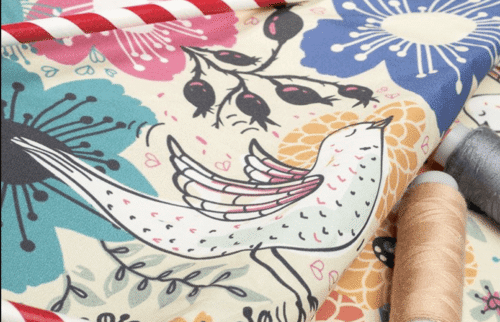
Sustainability and Transparency
Sustainability and social responsibility are becoming a “must” for fashion brands and, once again, technology plays a special role in this area. Innovations in technology, such as a groundbreaking, water-free dyeing process, push the limits and provide more opportunities for sustainable fashion - for instance, there are synthetic alternatives to leather and biodegradable shoe soles made of a bioplastic called APINAT. A well-known and great example of a fashion brand putting these sustainable innovations to use is Stella McCartney.
Other fabrics which will continue being developed in 2018 include those made of natural and unconventional fibers: soy, milk, banana and seaweed.
Working With Influencers Will Become More Prevalent
When you consider the fact that 86% of women research on social media before making a purchase, it’s easy to understand why brands of all shapes and sizes invest money in influencer marketing. In fact, a recent study confirmed that only 4% of marketing professionals admitted that they wouldn’t designate any part of their budget to influencer campaigns.
The Data on the Runway report confirmed how powerful an influencer’s voice can be by observing that influencers only generated 3%-7% of social media posts during the Spring/Summer 2018 shows, however they sparked about 33%-57% of all engagement during the international Fashion Weeks.
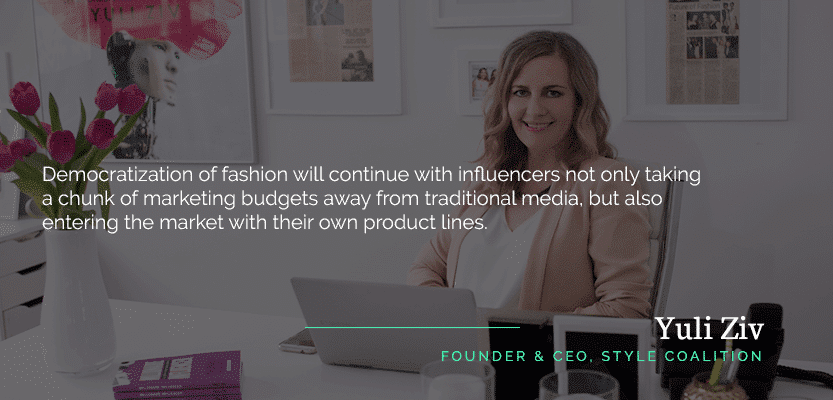
Models or Micro-influencers
The influencer market represents opportunities for all sorts of brands and their needs. For some bigger brands, top models have proven to be the right choice, as they can generate an incredible amount of engagement for fashion labels. For example, Gigi Hadid, who walked for her TommyXGigi show, created a total of 9 posts related to the brand and triggered more than 4 million reactions.
On the other hand, you have Versus Versace, which chose to work with micro-influencers, a strategy which made their brand one of the top 5 most engaging brands on social media during LFW.
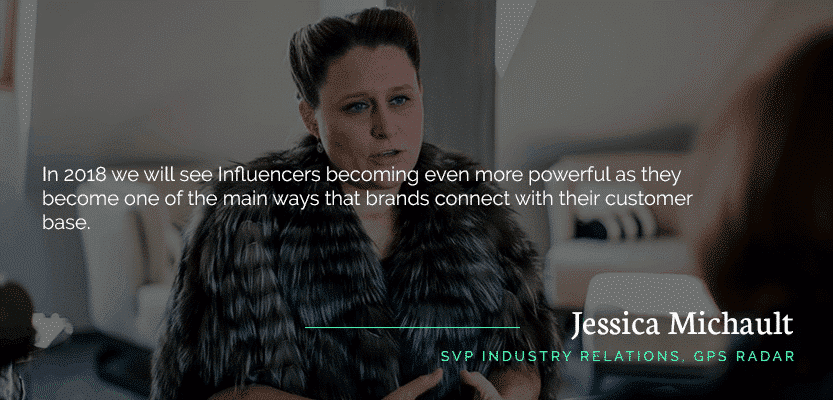
Real People
Brands are taking a closer look at what real people want to wear to better design their branding and marketing strategies by doing the following:
- Relating to the consumer aesthetically: Asos is a great example of a brand which profits from really demonstrating the power of “real people”; they use models with “real” bodies in their catalogs. When it comes to their advertising, they also rely on real people on social media, with the hashtag #AsSeenOnMe, which has already reached about 650K posts.
- Optimizing their search tool: 77% of online shoppers use the search tool when shopping, which means that e-commerce companies should be placing more importance on this feature.
The ever-connected Consumer
Your consumers are already online, ready to buy. And this means your website should be less centered around the homepage and more focused on going straight to the product, therefore the product pages will be the new landing pages.
It’s important to be in the right place at the right time for your customers, and in order to do that, brands must create strong alliances with tech companies to offer more fluid online experiences.
The Democratization of Fashion
Pascal Morand, Executive President of the Federation de la Haute Couture et la Mode, claims that “the digital revolution has given physical events the opportunity to develop stronger emotional and sensory experiences for their audiences.” What Pascal’s insights point to is that fashion shows and social media are allowing mass market brands to compete and rank with top luxury labels.
Fashion Week is a platform which allows brands to reach consumers all around the globe. When executed well, fashion shows can be effective marketings and sales tools, boosting engagement on social. An example of this democratization is the ranking of most engaging brands during the S/S 2018 shows, among them: Gucci, Chanel, Coach, Calvin Klein, Louis Vuitton, Topshop and Desigual.
 Our predictions for 2018 are very much focused on tech innovations and the evolution of fashion as it adapts to groundbreaking inventions. What else do you foresee for the future of fashion in 2018?
Our predictions for 2018 are very much focused on tech innovations and the evolution of fashion as it adapts to groundbreaking inventions. What else do you foresee for the future of fashion in 2018?
